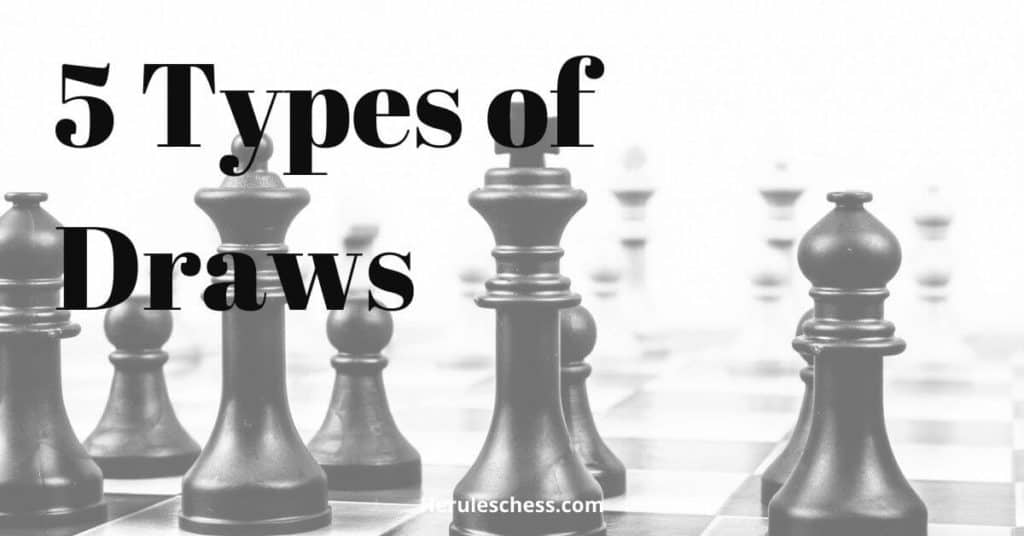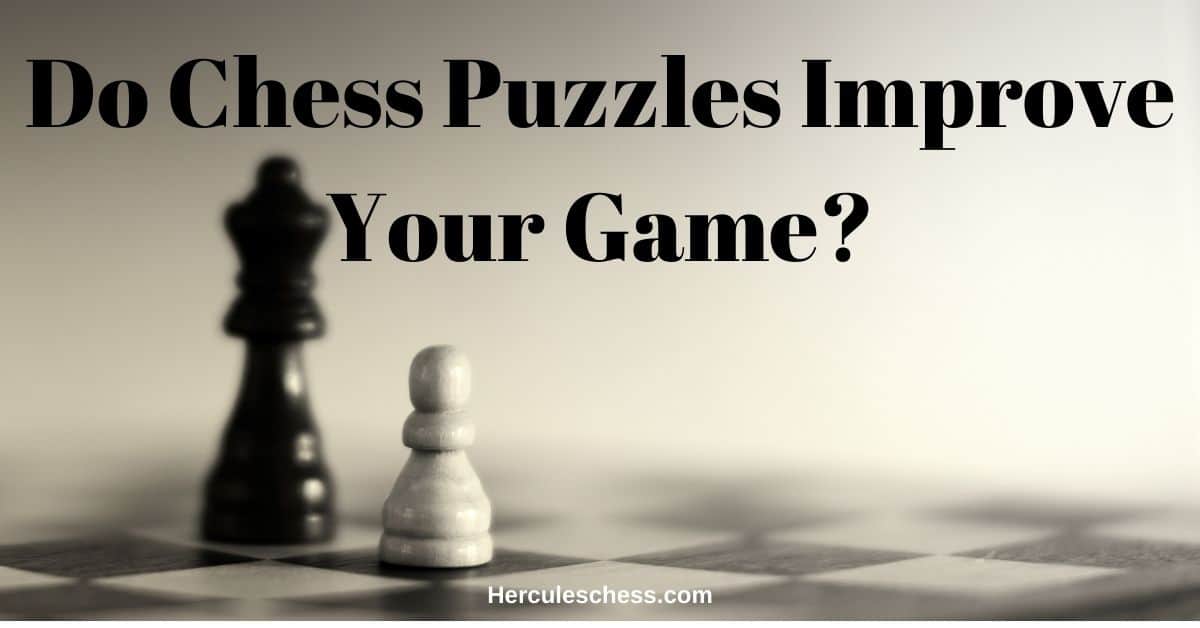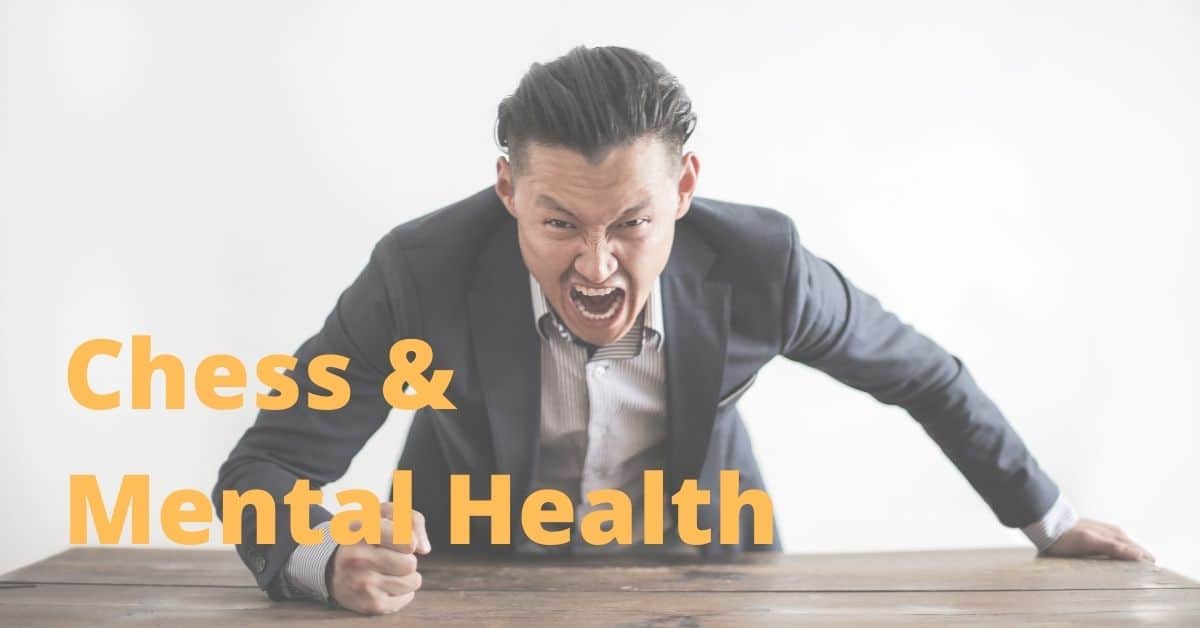Just like how it is important for you to be aware of the various chess strategies and tactics, it is important that you are aware about the various ways by which you can end a chess match in a draw. It is vital that you know about these draw situations especially if you want to avoid them. Otherwise, you would not even realize that your opponent is trying to push the game towards a draw when you had all the potential to win.
Here are the 5 typical draw situations in chess:
- Draw by agreement
- Draw by stalemate
- Draw by threefold repetition
- Draw by 50 move rule
- Draw by insufficient mating material
Types Of Draws In Chess
1. Draw by agreement
This is one of the simplest ways to end the game in a draw. By this method, both players choose to draw the game by mutual consent. This situation arises when the probability of winning is slim for both parties. Ideally when the players realize that they have very small chances of winning, they agree to end the game in a draw especially when there is a cash prize.
These are situations where the possibility of winning is highly dependent on a player making a bad move. As we all know that the chances of a professional player making a silly mistake at a crucial point in the game is very slim, so the wise option would be to end the game in a draw.
This way both the players get a point each. There have been several instances where the players have agreed to end the game in a draw because of a tidy cash prize involved.
There are certain tournaments that offer both the players a cash prize, even if the game ends in a draw, hence you can see lots of games in such tournaments that end in this manner, as it’s mutually beneficial. One note however being, it is not allowed for both the players to call it a draw even without beginning the game.
2. Stalemate
Most of us would certainly be aware of what a stalemate is. Under a stalemate, the opponent’s king is not under threat but has no other legal moves to make. It is mostly the beginners who resort to stalemate to end the game in a draw.
Most professional players steer away from this because they seldom make silly mistakes that would end up in a stalemate situation. However, there are several notable games involving grandmasters that even ended in stalemate so don’t be frustrated if your opponent always puts the game in stalemate even when you had the advantage.
3. Threefold repetition
This is another scenario that ends the game in a draw. Though the name is self-explanatory, I will run you through the steps that culminate in this situation. When a player repeats the same move thrice, the other player has the option to claim a draw.
The procedure to claim this draw differs from one rule set to another to some extent. However, the underlying principle across all the rule sets when it comes to this draw is the same. Though let me state that this rule cannot be applied in case of a perpetual check.
You cannot make a claim to draw the game because your opponent gives you a check three times at a stretch using different pieces but if the opponent keeps giving a check in the same fashion three times in a row, then you can use this rule to make a claim for ending the game in a draw.
4. The fifty move rule
Not many players really understand how this rule of claiming a draw works. Going by this rule, if a certain game shows no signs of “Progress” for both the players even at the end of fifty moves each, then either of the players can make the claim to end the game in a draw.
“Progress”, in this case is signified by the movement of a pawn or the loss of a piece for the opponent. If the game goes on without any signs of such a progress, the game can be ended in a draw. However, this situation of draw rarely arises, as no professional player would make fifty empty moves. Undoubtedly, this situation may arise more frequently in a game with beginners.
Related Post: 50 move rule in chess
5. Insufficient mating material
This situation of ending the game in a draw arises when both players are left with very few pieces that are not capable of delivering a checkmate. In other words, the absence of sufficient mating material warrants for a draw.
Although this rule may look simple at the outset, this is not permissible under certain rule sets. Under such sets, this rule can be invoked only if it is not possible to checkmate the opponent at all, even after a bunch of legal moves.
This is because the definition of insufficient mating material is very subjective as it is extremely difficult to prove that both players have insufficient mating material.
These are the various common scenarios that end up in a draw.
Tips For Offering A Draw
Etiquettes for drawing:
Now that we have seen the different scenarios that may result in a draw, let us look at some basic tips associated with these draws. These tips will help you make a claim to end the game in a draw without offending the sentiments of your opponent.
At the end of the day, it is up to you to accept or reject the offer to end the game in a draw. You might as well do it with some grace and tact without offending your opponent. These pointers will most certainly help you achieve that.
Only on your move:
Remember that you should make a claim to end the game in a draw only when it is your turn. There are two reasons as to why you should not make the offer to end the game in a draw when it is not your turn. They are as follows:
(i) When you make an offer to draw the game when it is your opponent’s turn, it will be considered as a rude gesture. A theory behind this is because when you offer to end the game in a draw, your opponent will be distracted by this sudden turn of events.
He might think that you made the offer with a view to take advantage of this momentary distraction. Since most professional games are clocked, every second is vital for both players. Any time spent on distractions by one player can be the much-needed advantage for the other player.
(ii) When you make the offer to draw the game when your opponent is trying to make a move, he will start analyzing the reason behind your offer. He will start looking for your weak spots with a view to take advantage. This will definitely worsen your situation in the game should your opponent make it a point to launch an aggressive attack.
See the move first:
Not many people understand how these offers to draw the game come about and forget to stop the timer. This is precisely why most beginners lose the game even before their opponent could accept or reject the draw.
The optimal way to go about a draw is to make the offer first followed by clicking the clock and giving the opponent a chance to accept or reject the offer.
When you do this, the opponent is forced to make a decision in his time and not when yours is running. When your opponent makes a move after you made an offer to draw the game, without saying anything, it is considered as an implied rejection of your offer.
Never offer a draw to a strong opponent:
Remember that it is considered as a very impolite gesture to make a claim to draw the game when your opponent is a much stronger player than you are. Your offer might actually offend your opponent.
You may wonder as to who is considered a strong player. A look at their ratings will tell you if you can regard them as a strong enough player where draws may be impolite (When your opponent is rated more than you by at least four hundred to five hundred points, this is a good indication).
Though the primary reason to not offer a draw to a strong player is to avoid offending them, there are several other reasons as well. They are as follows:
a.) Since your opponent is a strong player, he will most certainly understand that this offer to draw the game will benefit you the most. As he loses the opportunity to win the game, he will not accept your offer. He will start looking for your weaknesses, as mentioned before, and make a move with a view to attack you.
b.) When you propose to end a game in a draw, especially when your opponent is a professional player, you lose the opportunity to learn so many things from your opponent. Winning the game is one aspect. Your personal growth as a player is equally important. You will not grow as a player if you do not learn from other strong players.
Don’t offer draws repeatedly:
Never offer to end the game in a draw repeatedly. Make an offer to end the game ina draw once and if your opponent does not accept it, refrain from making repeated offers.
What happens when you make repeated offers to end the game in a draw, is that your opponent may feel threatened or harassed. Since time is of the essence, your constant offers to draw the game can result in your opponent losing a lot of time.
When you harass your opponent mentally, it will be regarded as a serious issue in most tournaments. You stand even the chance of getting barred from the game. Hence make it a point to not make draws repeatedly.
Reject draw offers politely:
When your opponent makes an offer to draw the game and if you have no intentions of accepting it, learn to reject it in a polite fashion. Never create a fuss about your opponent’s offer to draw the game. He may not have made the offer to distract you in the first place.
Hence ensure that you do not react in a negative fashion to your opponent’s offer to draw the game. If you feel that your opponent is constantly threatening you with offers to draw the game, get in touch with the tournament director to resolve this issue instead of responding in a negative manner.
These tips will most certainly help you deal with draws in a very diplomatic fashion. Hence ensure that you follow them whether you wish to make or accept an offer to draw.
These small etiquettes send out the message that you don’t let your personal emotions cloud your judgment and setting this tone is very important, especially in international tournaments.






